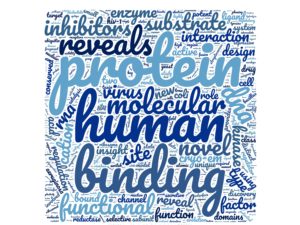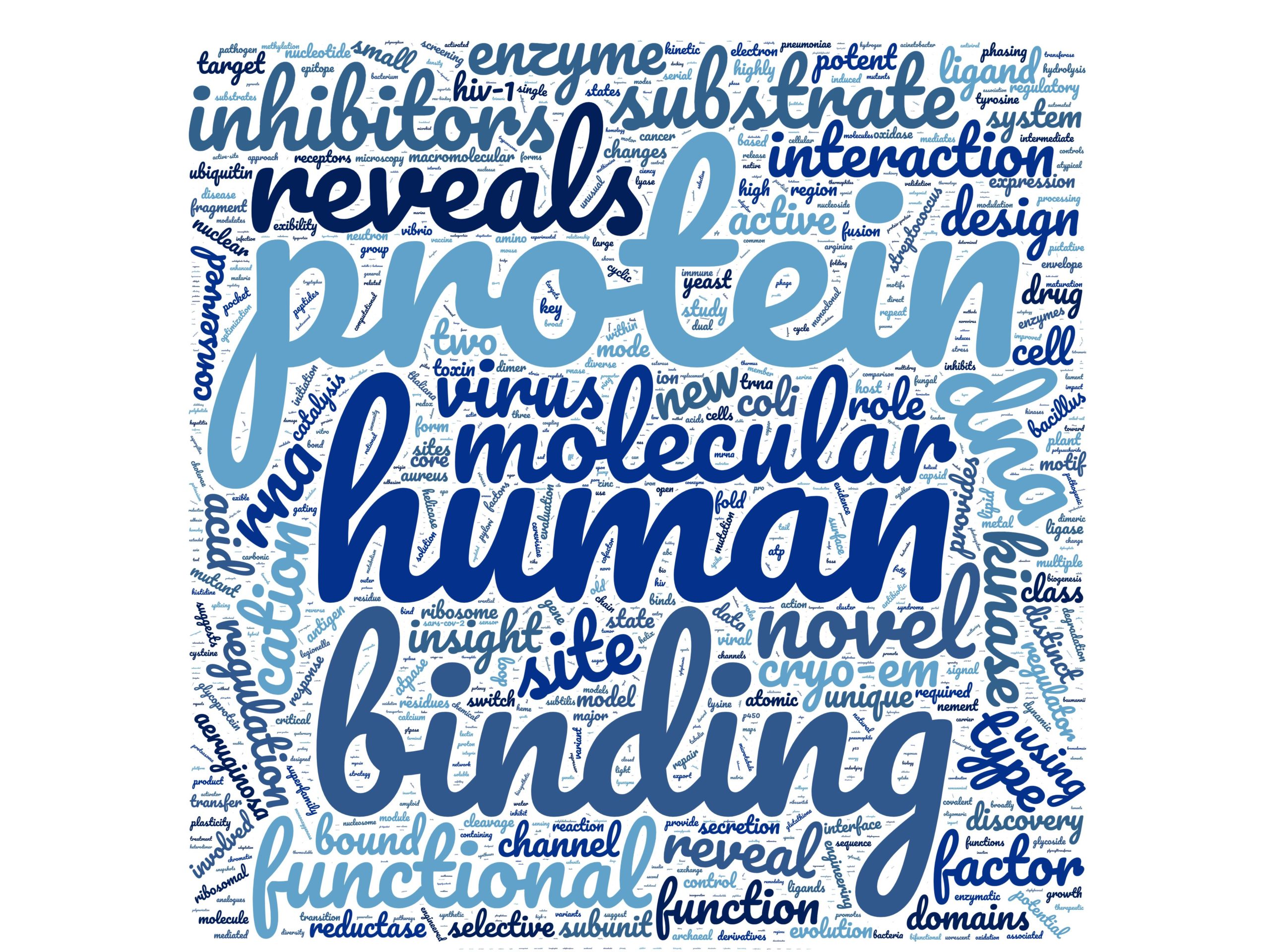Paul Adams, an expert Berkeley Lab data analysis scientist, talks about the role of software to enable structural biology in vaccine and antiviral research.
Understanding how viral and immune system molecules look, at an atomic level, is the first step toward understanding how they function. And once we know how they function, we can develop vaccines and therapeutics.

The field of science dedicated to constructing molecular maps is called structural biology, and there are two imaging technologies that enable scientists to see at an atomic structure level: X-ray crystallography and cryo-electron microscopy (cryo-EM). Both of these have been around for decades, yet the rapid development and deployment of SARS-CoV-2 vaccines would have been impossible without recent technical advances, especially in the resolution of cryo-EM.
A team led by Paul Adams, director of Berkeley Lab’s Molecular Biophysics and Integrated Bioimaging Division, is behind one of those advances — the Phenix software suite, now used around the world to automate key steps of structure solving. Adams spoke with the Strategic Communications about the software’s origins and how structural biologists leapt into action to combat the pandemic.
Read the Q&A in the News Center.


